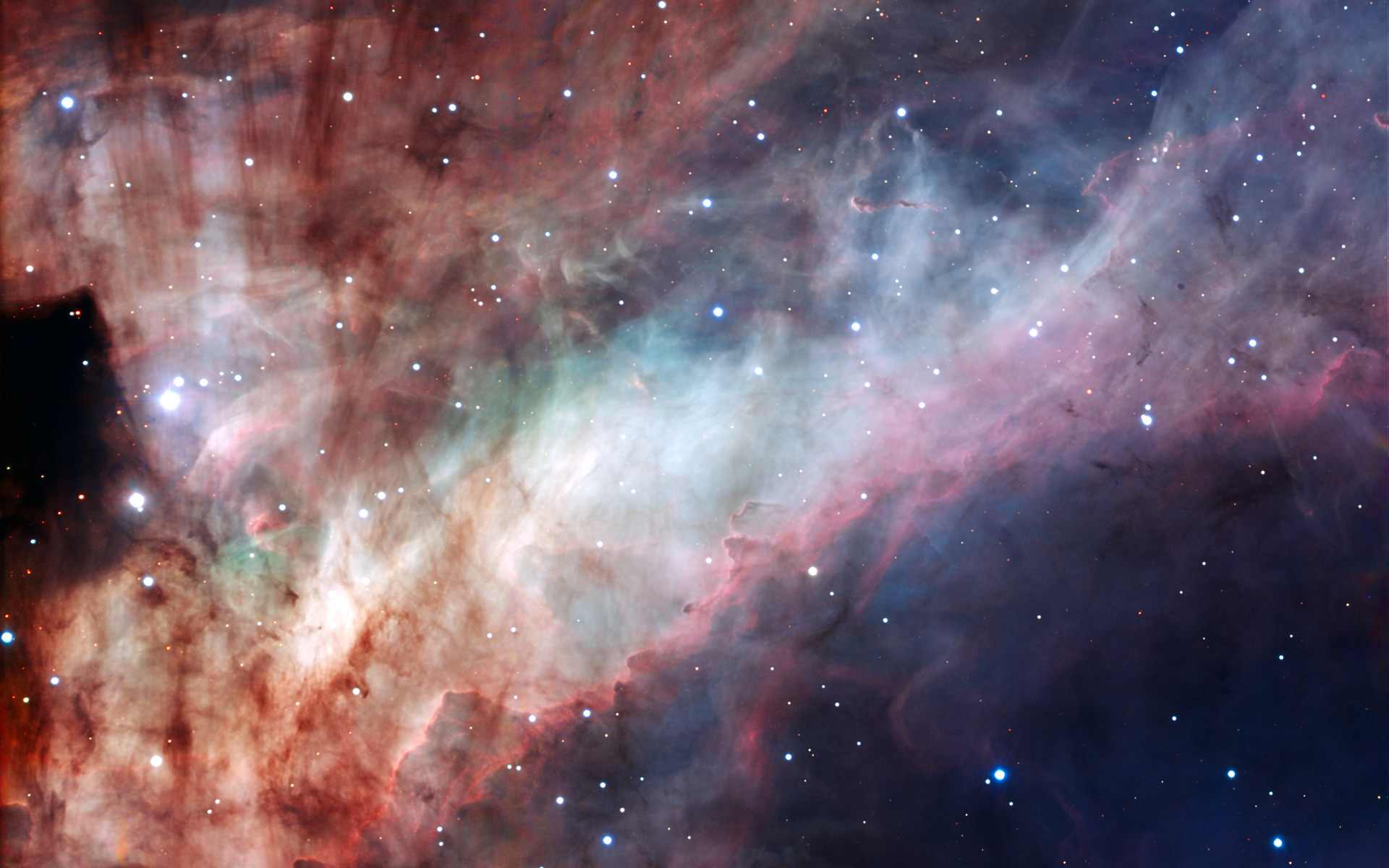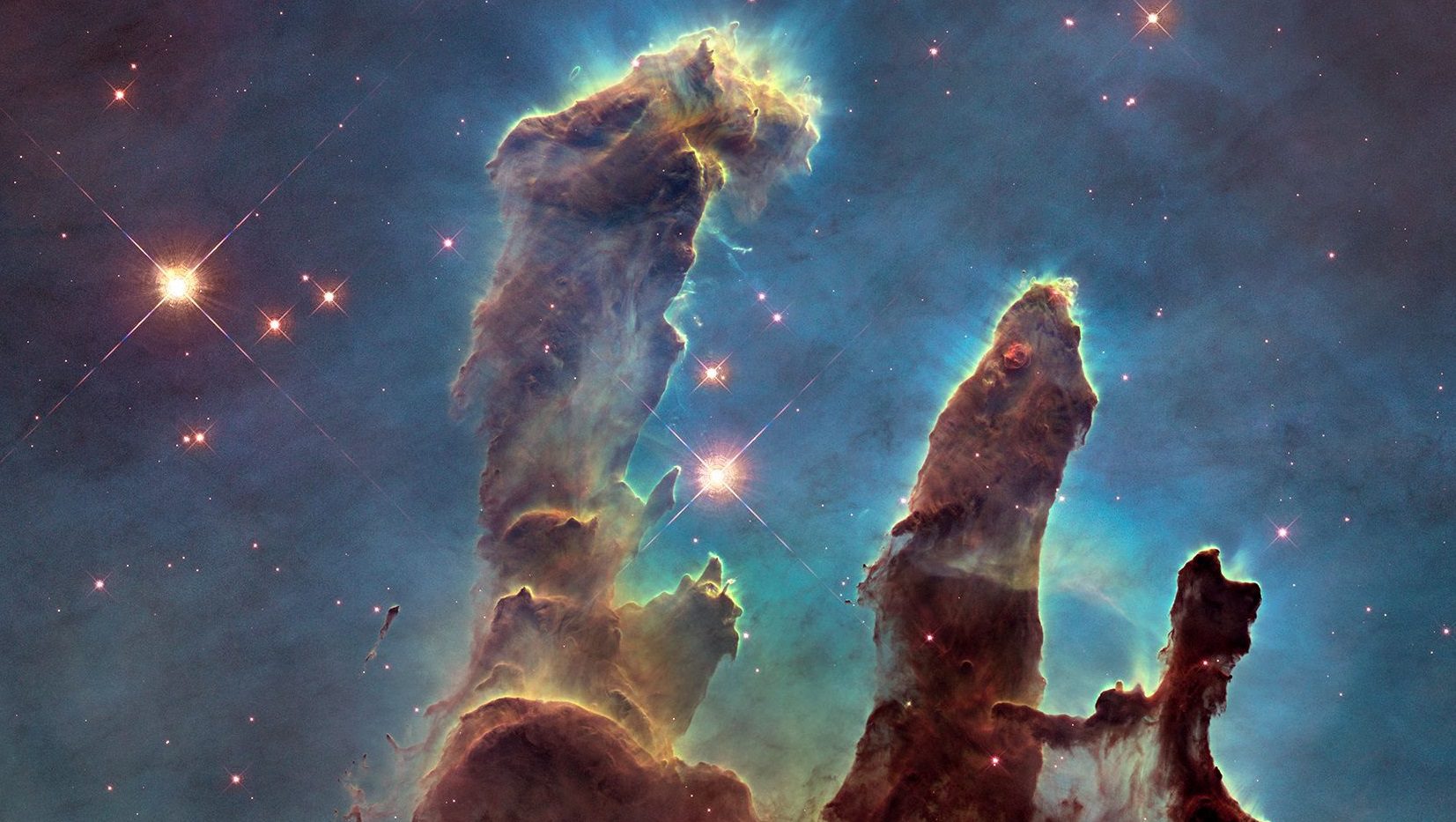
What Is A Nebula And How Is It Formed?
In this article, we will examine nebulae and how they form and introduce their types:
A nebula is a huge cloud of gas, dust and plasma.nebulae are composed of hydrogen, helium and a mixture of other gases and are about several light-years across and are mostly created by the explosion of a massive star.
When the life of the stars ends, the constituents of these stars are spread around the space. Their gases and dust combine with gas clouds and nebulae are formed.Nebulae are one of the most beautiful cosmic phenomena that have different types.
Types of Nebulae:
- Molecular clouds
- Dark nebulae
- Supernova remnants
- Planetary nebulae
Molecular clouds And Dark nebulae:
Stars appear in molecular nebulae and dark nebulae. The main constituents of these two types of nebulae are hydrogen and helium, and a few other gases and dust particles.Many nebulae of these 2 types of nebulae can be found in the Milky Way.The solar system was created about 405 billion years ago in such a region. The Horsehead Nebula is one of the most familiar dark molecular nebulae.
Supernova remnants nebulae:
Supernova remnant nebulae are the last remnants of large stars that exploded after the end of their lives. These vast clouds of gas and dust contain neutron stars.The most famous supernova remnant nebula is Crab Nebula or M1.
Planetary nebulae:
Planetary nebulae, these nebulae are remnants of sun-like stars. These nebulae have a cloud of gas and dust that surrounds a white dwarf star and cools it slowly.The Ring Nebula is the most famous planetary nebula located in the constellation Lyra.
The Most Famous Nebulae:
Orion Or NGC 1976:
This large and bright reflective nebula is located approximately 1500 light years away from the earth in a constellation full of the Orion Nebula and is well known to night sky enthusiasts who are equipped with a telescope.
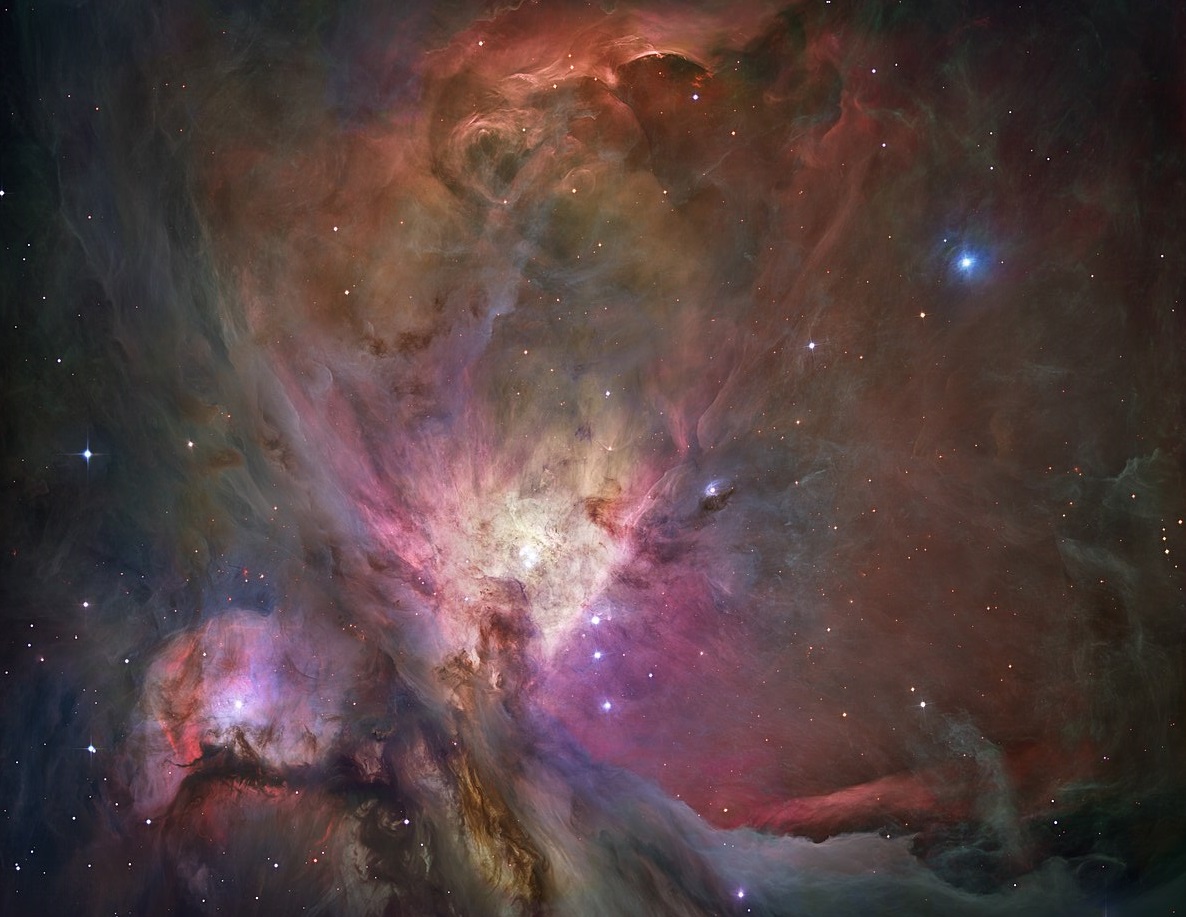
In this picture, it shows the amazing details inside the blue nebula M78, which is located in the middle of the dusty and dark clouds along with a smaller reflection nebula called NGC 2071.
Lagoon Or NGC 6530:
This nebula, which is also known as M8, is located at a distance of 500 light-years from the earth and has a diameter of 100 light-years.This nebula is so big and full of light that it can be seen with the naked eye in the constellation Sagittarius.
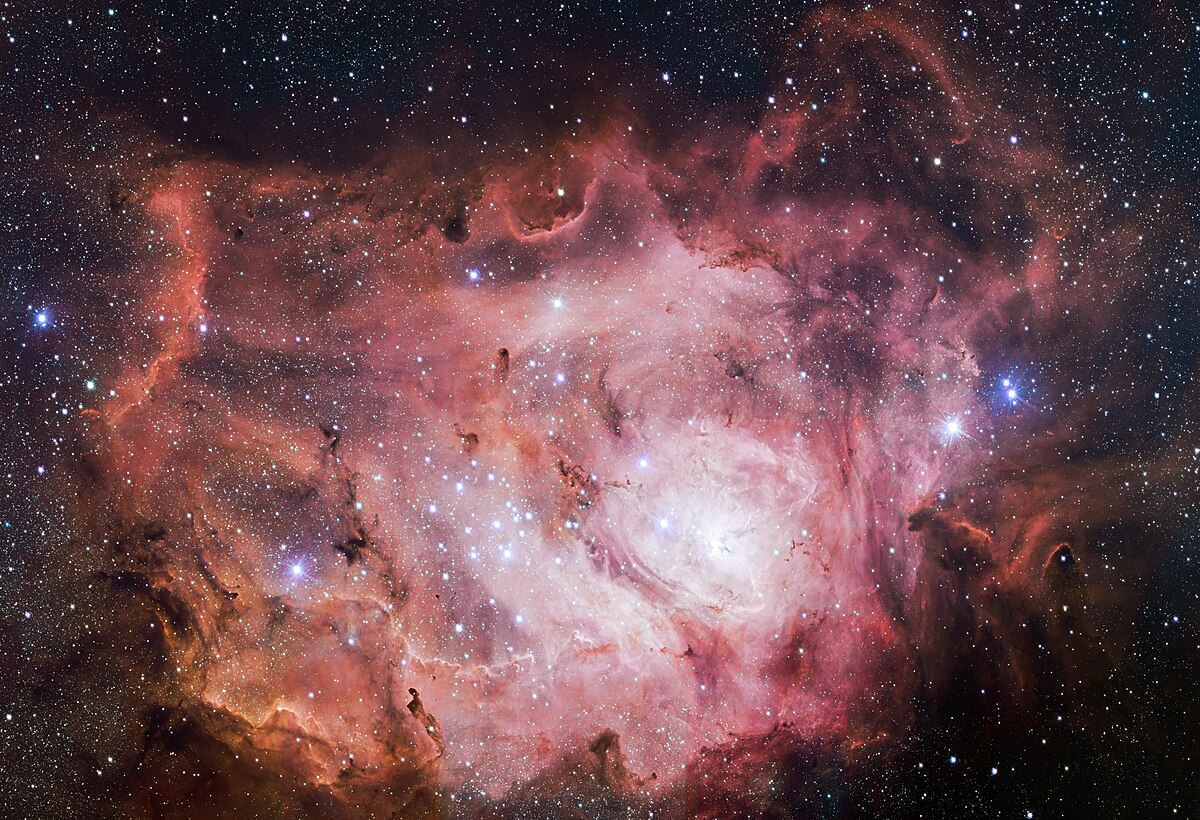
The Lagoon Nebula is a stellar maternity hospital. Right now, many bright stars of this cluster known as NGC 6530 can be seen in the heart of this nebula.
Crab Or NGC 1952:
The Crab Nebula is 6500 light years away from Earth.This nebula is also known as M1 or NGC 1952.The diameter of this nebula is 10 light years and it is probably a great source of cosmic rays.
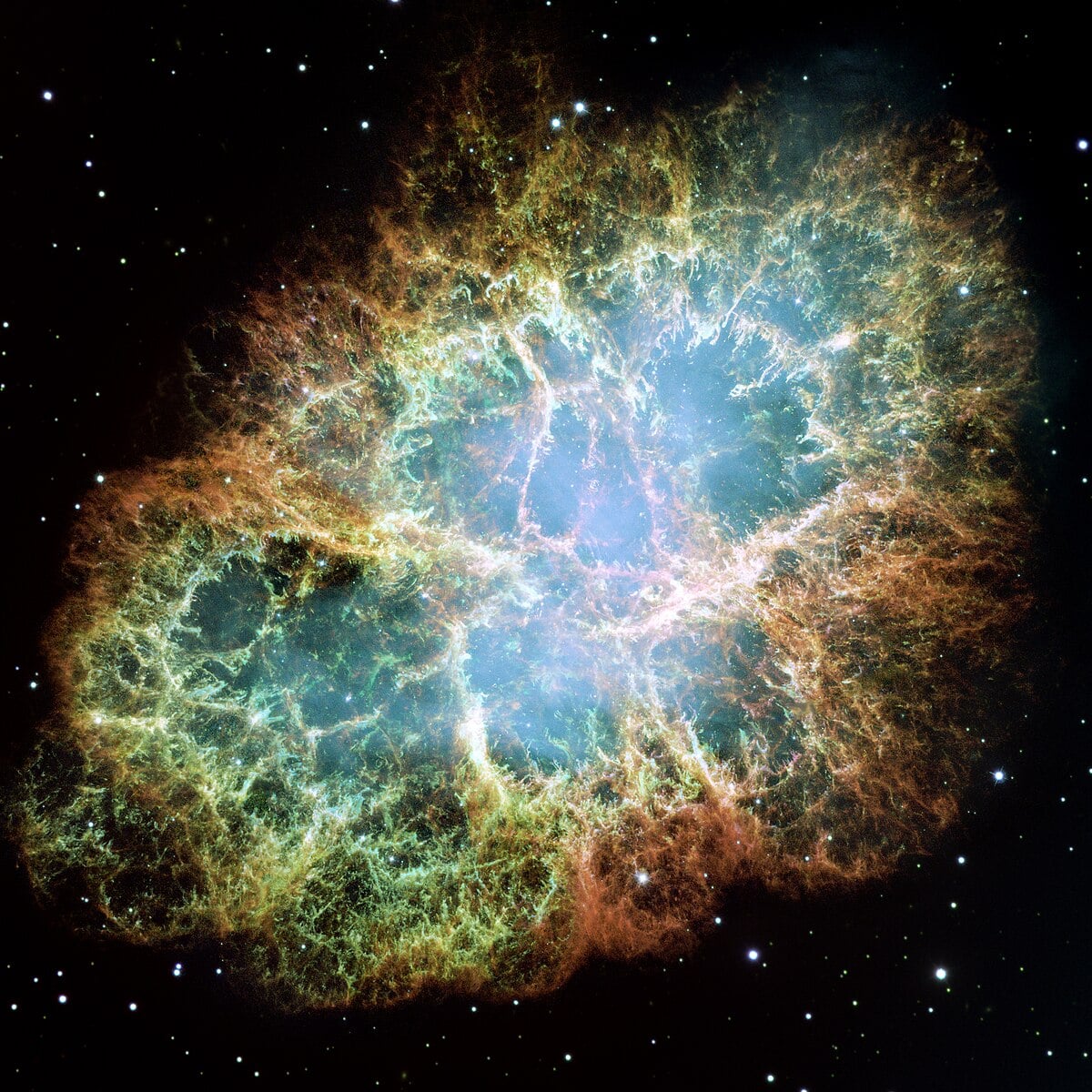
The Crab Nebula is the remains of a supernova in the constellation of Taurus. This energetic event was recorded in 1054 by Japanese and Chinese astronomers and of course Ibn Sina.
Dolphin Or Sh2-308:
This nebula has an extent of about 60 light years and is located in the constellation Canis Major.The Dolphin Nebula is also known as sharpless-308.It is also said that this nebula was created by the explosion of a massive star. The blue color in the image is caused by the glow of oxygen atoms.
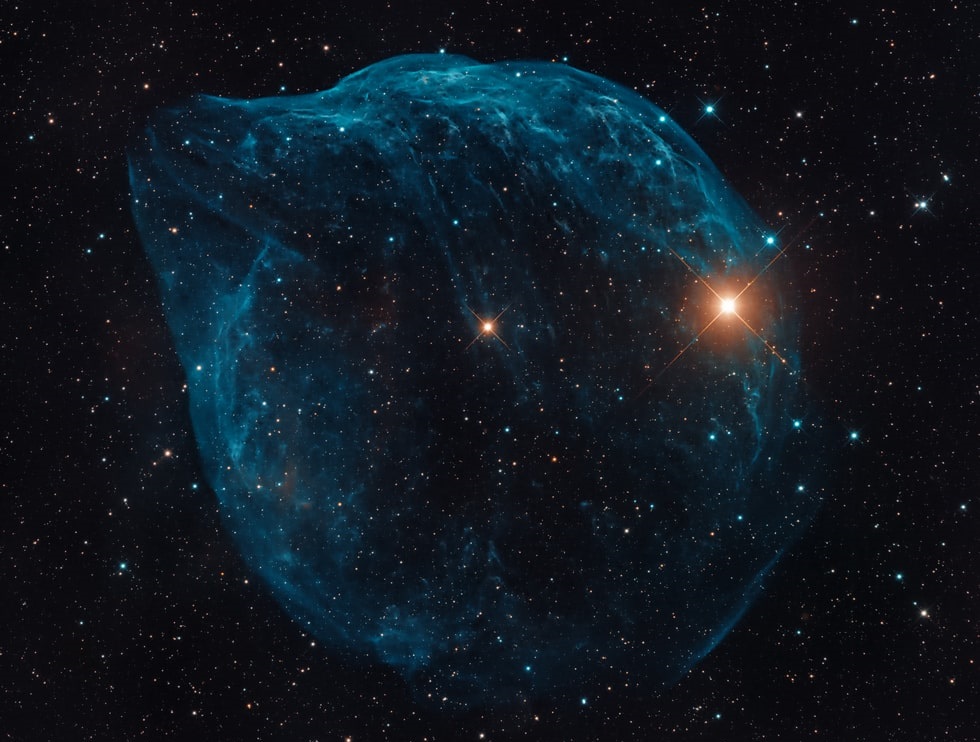
Butterfly Or NGC 302:
The beautiful butterfly nebula or NGC 302 is about 3.5 light years away from the sun.This celestial phenomenon is located in the constellation Scorpius and has a white dwarf in its center.The butterfly nebula is also known by other names such as the bipolar nebula,the Caldwell 69 nebula, or the insect nebula.
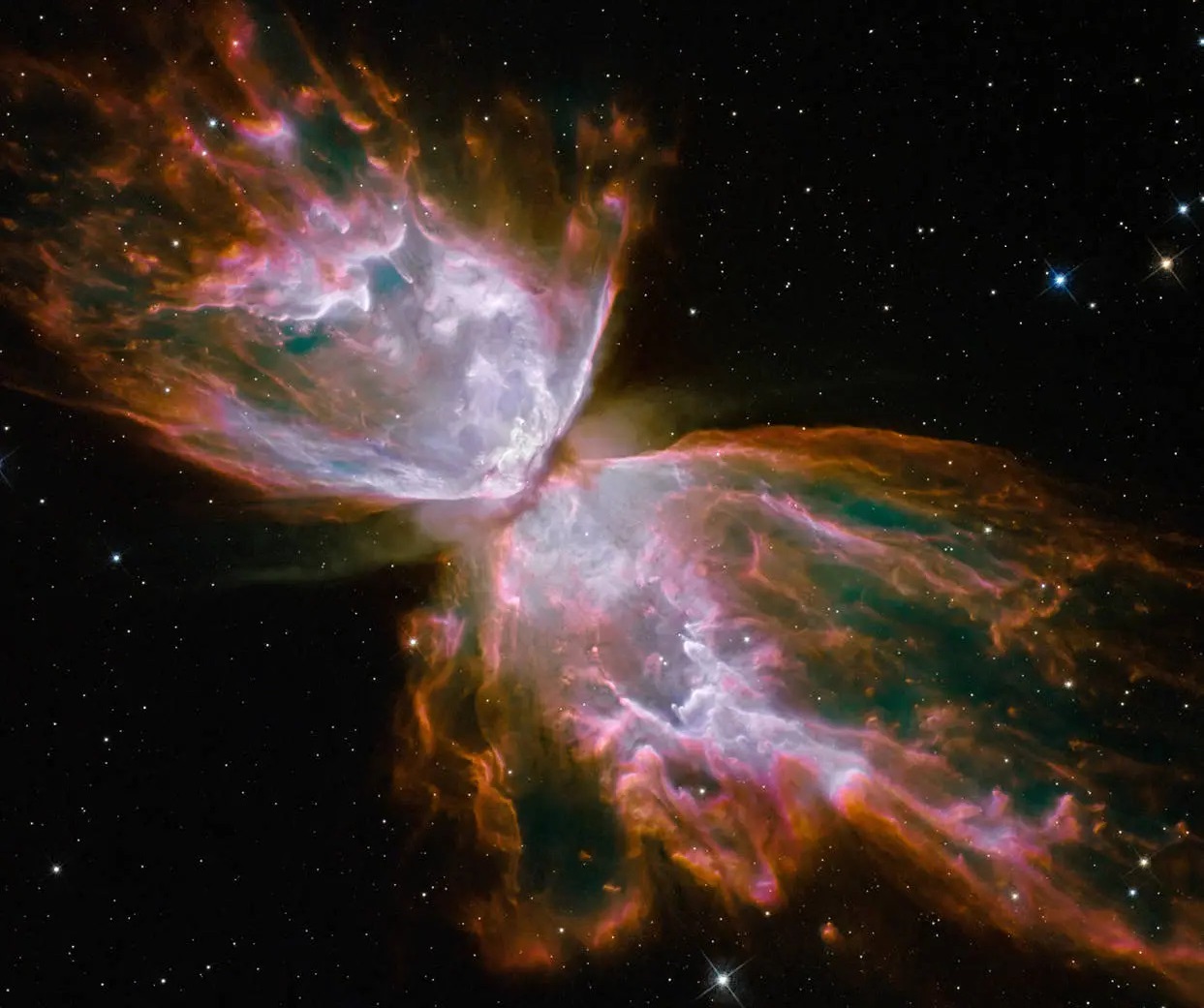
North American Or NGC 7000:
Clusters of young stars have gathered in this beautiful nebula, which is about 1500 light-years away from the earth and is located in the constellation Cygnus.The extent of this nebula reaches 50 light-years. Young stars that are about one million years old in this the nebula has gathered.
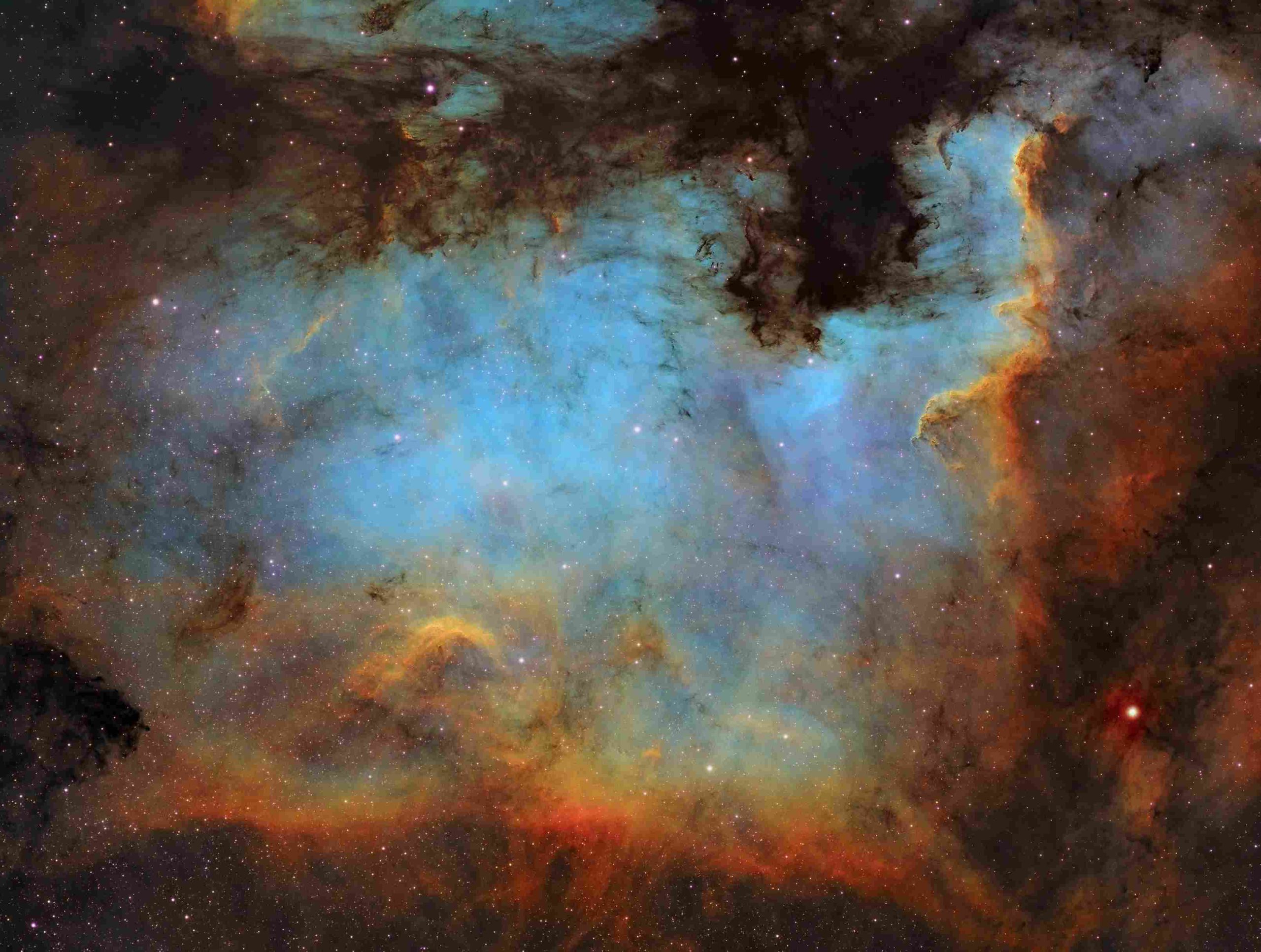
When you see this nebula completely in visible light, you will notice its resemblance to North America.
Carina Or NGC 3372:
The Great Carina Nebula is located in the constellation Carina and is also called NGC 3372. This nebula is the home of variable stars.The entire Carina Nebula is more than 300 light-years and is about 7.5 light-years away from Earth. The Carina Nebula is one of the largest regions Star formation in the Milky Way galaxy.
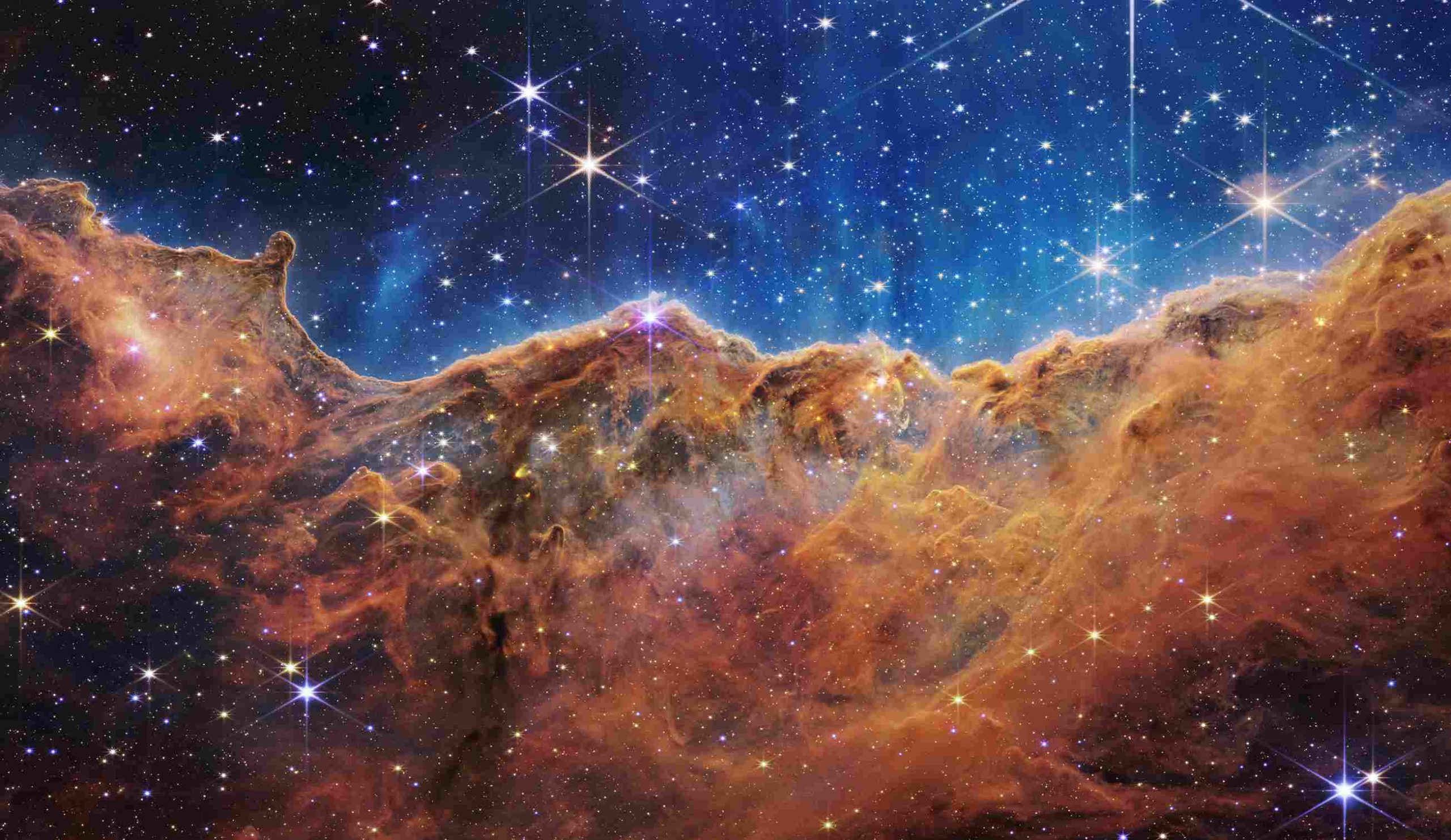
Jellyfish Or IC-443:
This nebula extends its tentacles from the bright arc to the left of center. In fact, this cosmic nebula is part of the supernova remnant IC 443, the expanding cloud of an exploded star.This nebula is about 5000 light-years away from Earth. At that distance, this image is 140 light-years wide.
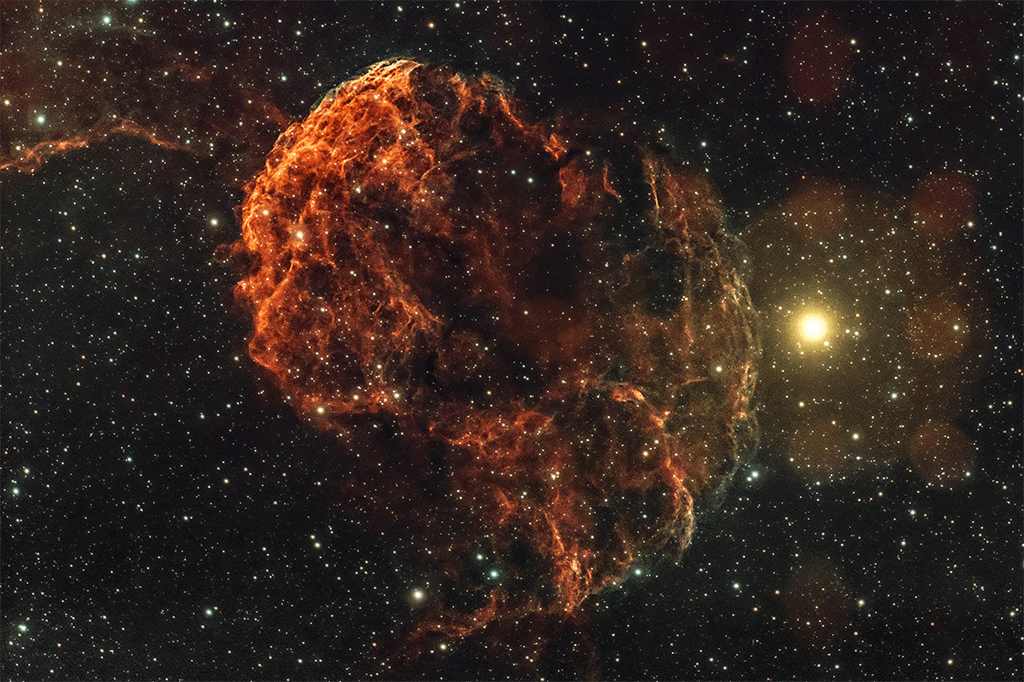
Heart Or Sharpless 2-190:
The Great Heart Nebula or IC 1805 is located in the constellation Cassiopeia and is 7500 light years from the earth.The diameter of the nebula in the sky is 150 arc minutes, which is 5 times the angular diameter of the moon.But due to its low brightness,it can only be seen through a The telescope observed and photographed it with low sky light.
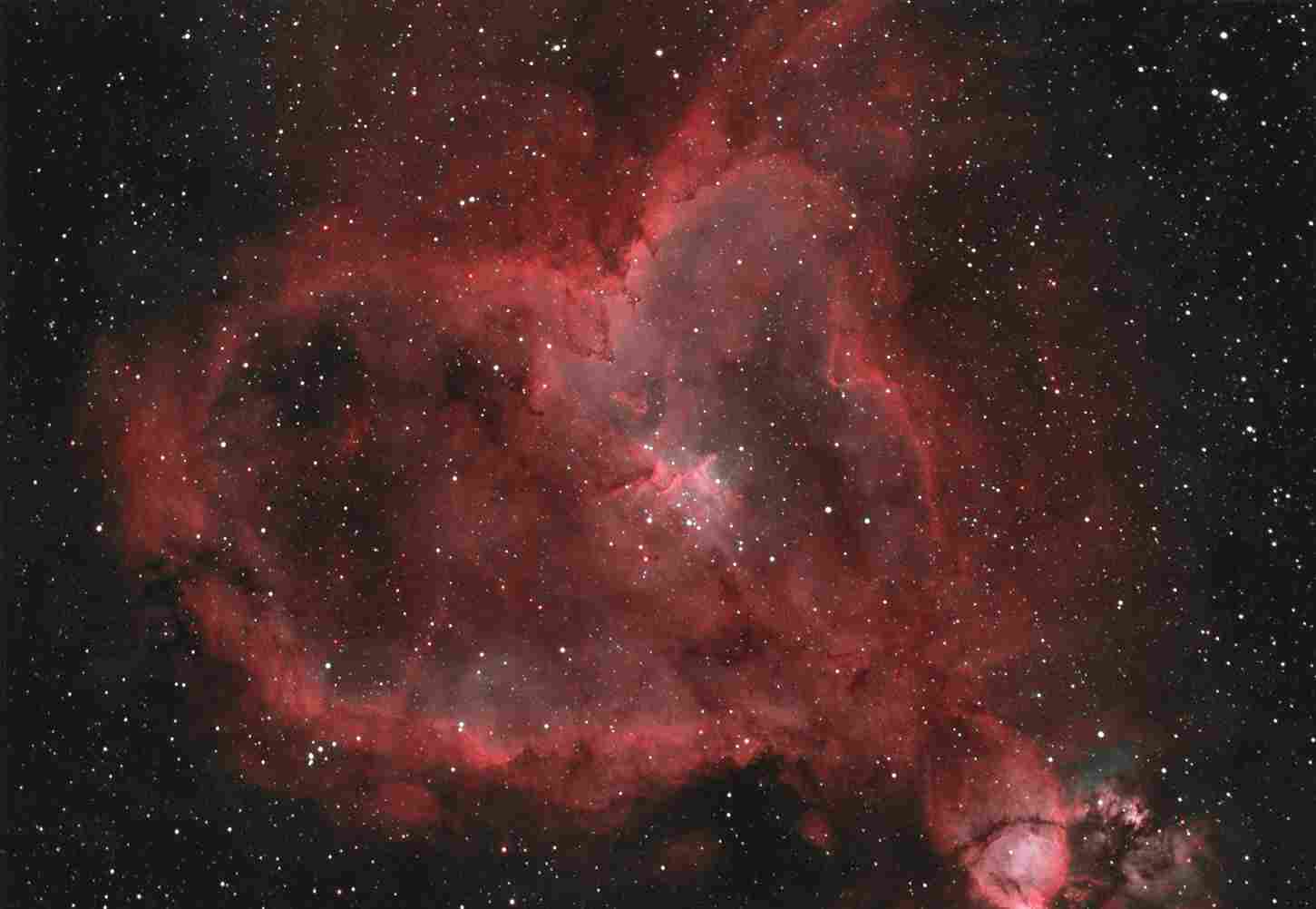
Omega Or Messier 17:
This nebula is about 6000 light years away from the earth and has a diameter of about 15 light years.Omega Nebula or NGC 6618 is also known by other names such as Horseshoe Nebula or Swan Nebula.The Omega Nebula is the star-forming region of M17 and is a bright radiation nebula in the constellation Sagittarius.
